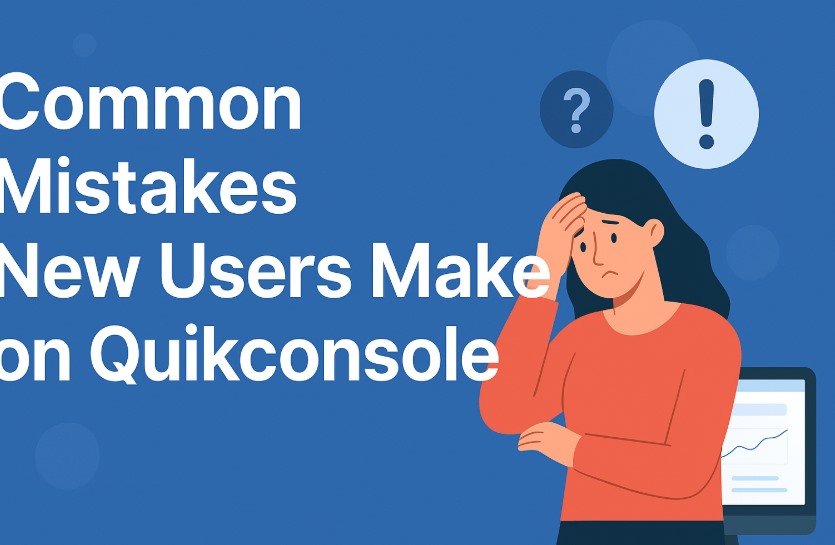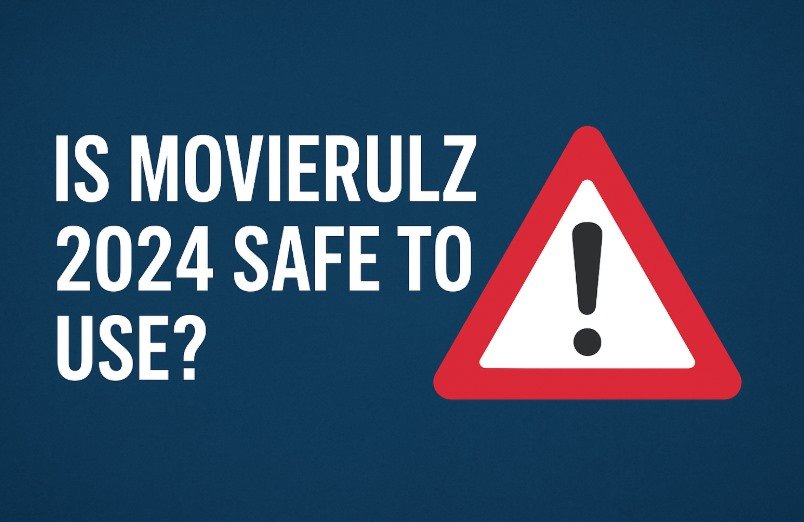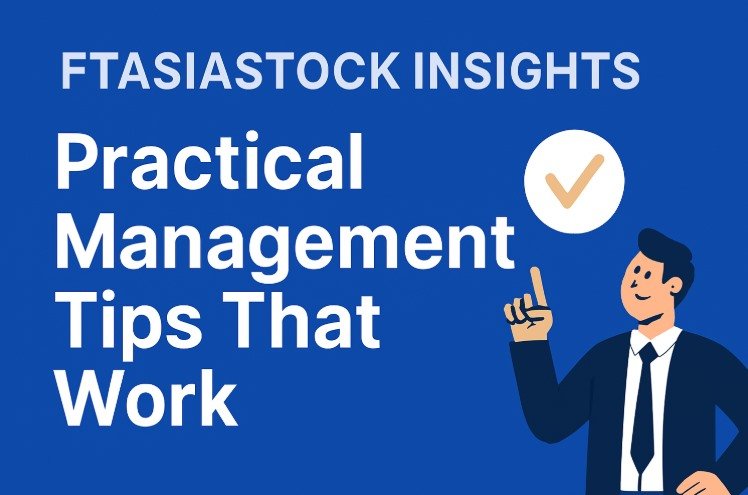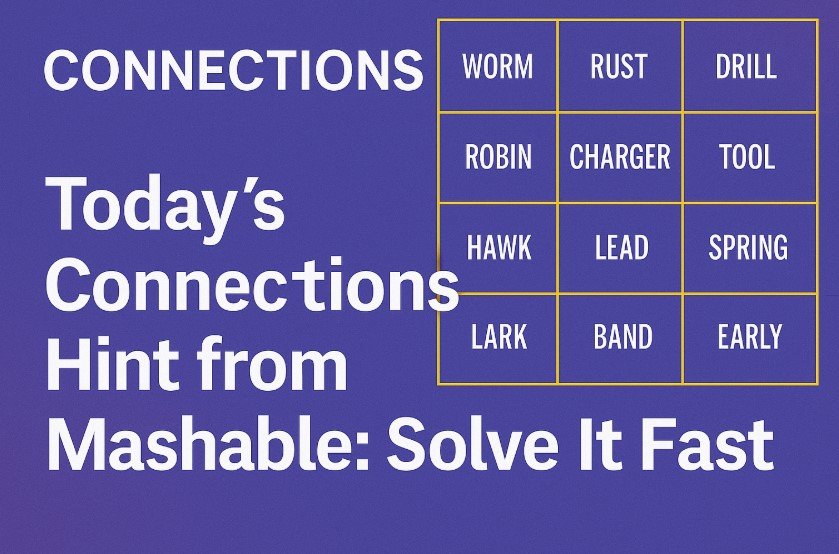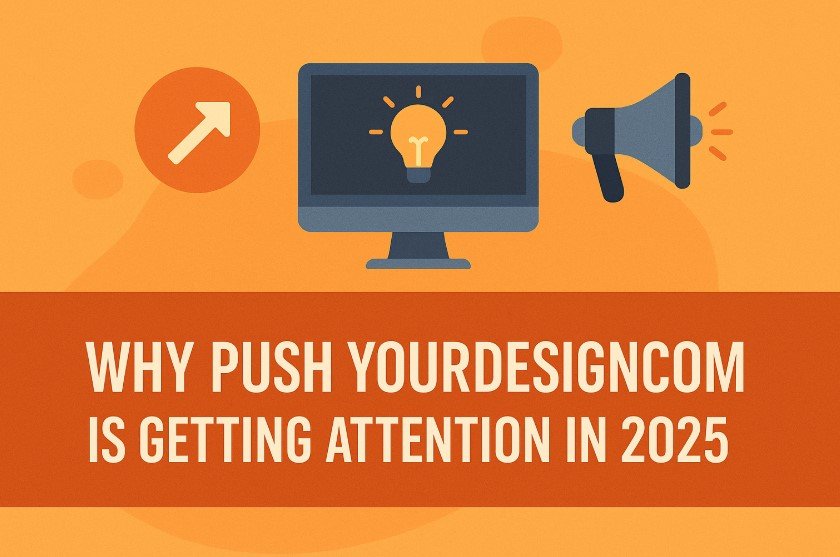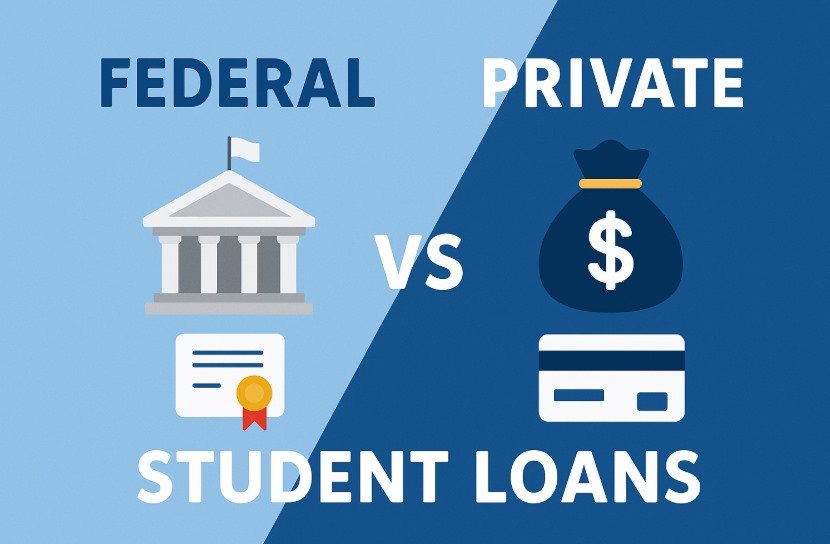
When it comes to paying for college, choosing between federal and private student loans is one of the most important financial decisions a student will make. Both types of student loans can help cover tuition, books, housing, and other expenses, but they differ in how they are funded, their repayment options, interest rates, and borrower protections. Understanding these differences will help you decide which is right for you. Federal student loans are funded by the U.S. Department of Education, while private student loans come from banks, credit unions, or online lenders. Most students start with federal student loans because they usually offer lower fixed interest rates, flexible repayment plans, and more protection if you face financial hardship. Private student loans, on the other hand, can fill the gap when federal aid does not cover the full cost of education. They can be useful, but they also carry more risk because they depend on credit scores, income, and financial history.
How to Qualify for Each Type
To qualify for federal student loans, students must complete the Free Application for Federal Student Aid (FAFSA). This form determines eligibility for different types of aid, including grants, work-study, and federal loans. Most undergraduate students qualify for federal loans regardless of credit history. Graduate students and parents may need a credit check for certain types, such as PLUS Loans, but approval is still easier than most private loans. Private student loans work differently. They require a formal application through a lender, and approval depends heavily on your credit score and income. Many students need a co-signer, often a parent or guardian, to qualify. The lender uses your credit profile to set interest rates and terms. A borrower with excellent credit may get a low rate, but someone with limited or poor credit may face higher costs.
Interest Rates and Fees
Interest rates are one of the biggest differences between federal and private student loans. Federal loans have fixed interest rates set by Congress each year, which means your rate will stay the same for the life of the loan. This predictability helps you plan your budget. Federal loans also have no prepayment penalties and minimal fees. Private student loans can have fixed or variable rates. A variable rate means your interest rate can go up or down based on market conditions, which can make payments unpredictable over time. While some private lenders offer low starting rates, those rates can increase significantly. Private loans may also include origination fees or late payment penalties. When comparing loans, it is important to look beyond the initial rate and consider the long-term cost.
Repayment Options
Repayment flexibility is another key area where federal student loans have a major advantage. Federal loans offer several repayment plans based on your income and ability to pay. These include Standard, Graduated, and Extended Repayment Plans, as well as Income-Driven Repayment (IDR) plans that adjust your monthly payment according to your earnings. Under an IDR plan, you may even qualify for loan forgiveness after 20 to 25 years of payments. Federal student loans also come with options for deferment and forbearance, which allow you to pause payments during financial hardship, unemployment, or school enrollment. Private student loans typically have fewer options. Most require payments to begin immediately or shortly after graduation. While some lenders offer temporary forbearance, it is usually limited. Private loans also do not include income-based repayment or federal forgiveness programs.
Loan Forgiveness and Cancellation
One of the most valuable features of federal student loans is the possibility of loan forgiveness. Programs like Public Service Loan Forgiveness (PSLF) and Teacher Loan Forgiveness allow borrowers who work in qualifying jobs to have part or all of their loans forgiven after meeting certain requirements. There are also forgiveness options for those who attend schools that close or experience fraud. Private student loans do not offer forgiveness or discharge benefits from federal programs. Once you borrow, you are responsible for repaying the full amount, regardless of your job or financial circumstances. Some lenders may cancel loans in the case of death or permanent disability, but this varies by lender and is not guaranteed.
Borrower Protections and Support
Federal student loans come with several built-in protections that make them safer for borrowers. For example, you can request deferment if you return to school or face unemployment, and you can apply for forbearance during temporary financial hardship. There are also clear procedures for appealing loan decisions, disputing errors, and working with your loan servicer. These protections make it easier to manage your student loans during uncertain times. Private student loans, however, do not guarantee these same benefits. Each lender decides its own policies, and many provide limited flexibility. Some may offer short-term relief or payment extensions, but others may require full payment no matter your situation. Borrowers should carefully review the terms before signing. Since private loans are managed by individual lenders, customer support and flexibility can vary widely.
Credit Impact and Cosigners
When deciding between federal and private student loans, it’s important to think about how each type affects your credit. Federal loans do not require a credit check for most undergraduate borrowers, which makes them more accessible to students who have little or no credit history. Payments on federal student loans are reported to credit bureaus, so making on-time payments can help you build good credit after graduation. Private student loans almost always involve a credit check. If you have limited or poor credit, you will likely need a co-signer to qualify. The co-signer becomes equally responsible for repayment, meaning missed or late payments can damage both of your credit scores. Some private lenders offer co-signer release after a certain number of on-time payments, but this is not universal. Federal loans do not have co-signers because they are based on need, not credit. This makes them safer and simpler for most students.
When Private Student Loans Can Be Useful
Even though federal student loans are usually the best first choice, there are cases where private student loans can make sense. If you have already borrowed the maximum amount of federal aid available but still need funds to cover tuition or living costs, private loans can fill that gap. They can also be a good option for graduate or professional students who have strong credit and can qualify for a low interest rate. Some private lenders offer flexible repayment terms or rate discounts for automatic payments, which can reduce the total cost of borrowing. However, it is important to compare offers carefully and never borrow more than you truly need. Private student loans should be a last resort, not the first option.
Making the Right Choice for You
Choosing between federal and private student loans depends on your financial situation, your goals, and your ability to manage repayment. Start by exhausting all options for federal aid, including grants and scholarships, before turning to private lenders. Always complete the FAFSA, even if you think you may not qualify for much assistance. Federal student loans are designed to protect borrowers, while private loans are designed to protect lenders. That is the biggest difference. If you choose a private loan, read every detail in the agreement, understand the repayment terms, and know how your credit will be affected. It’s also a good idea to calculate how much your monthly payments will be after graduation to make sure they fit your budget.
Comparing the Two Side by Side
To summarize the key points, federal student loans offer fixed interest rates, income-driven repayment, loan forgiveness programs, and borrower protections. They are the safest and most flexible option for most students. Private student loans, offered by banks or online lenders, can help cover remaining costs but often come with variable interest rates, stricter repayment terms, and limited relief options. Federal loans are usually better for undergraduates and those who expect to need flexibility, while private loans may work for students with strong credit or higher income potential.
Conclusion
Deciding between federal and private student loans is one of the biggest financial choices a student can make. Both can help you achieve your education goals, but they come with very different risks and benefits. Federal student loans are typically the better option because of their fixed interest rates, flexible repayment plans, and borrower protections. They make it easier to manage debt over time and offer potential forgiveness opportunities. Private student loans can be helpful for filling funding gaps, but they require more caution and research. Before signing any agreement, understand the total cost of borrowing, review all repayment terms, and make sure the loan fits your future financial plans. The right choice depends on your individual needs, but with clear information and careful planning, you can make a smart decision that supports your education and long-term financial stability.
Related Post: Everything You Need to Know About Personal Loans

